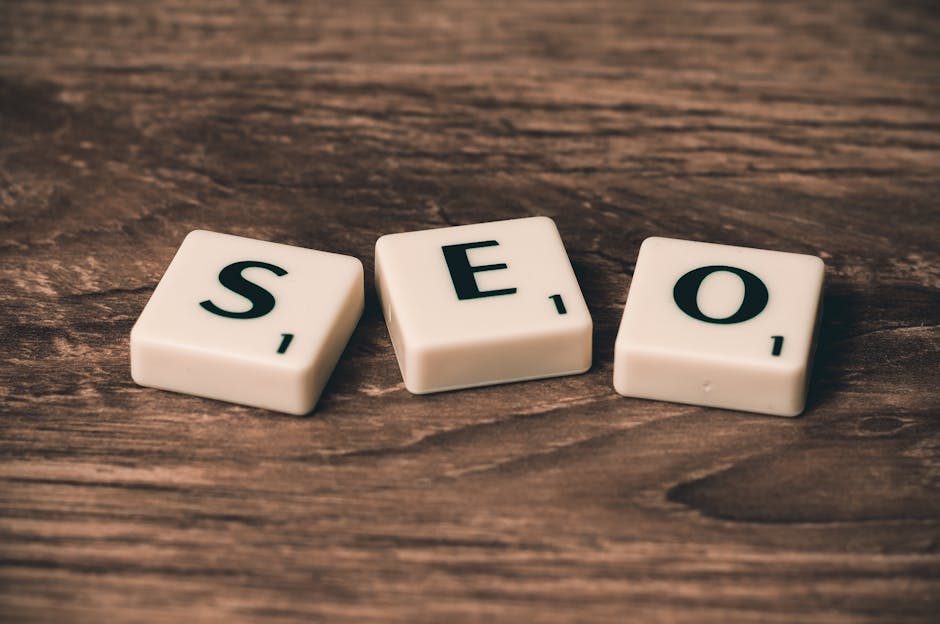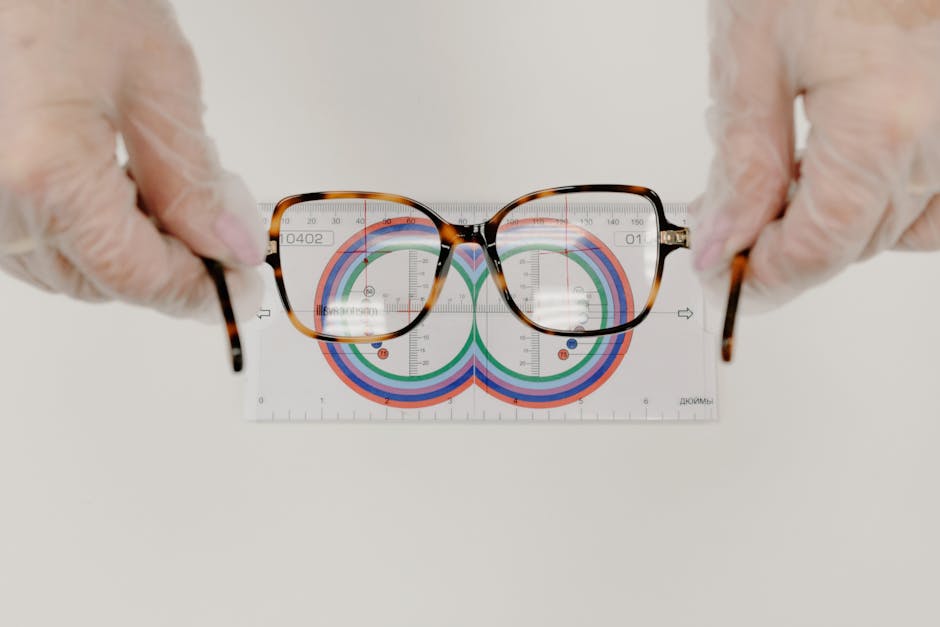Trends Shaping the Future of UX/UI Design
You’re about to design for a world where AI-driven avatars mirror individual personalities, voice UI becomes the norm, and biometric authentication ditches tedious login credentials. You’ll need to adapt to immersive experiences that blur physical and digital lines, and sustainable design that’s no longer a nice-to-have, but a must-have. Neumorphism is redefining visual design, and voice-activated interfaces are changing the game. Get ready for a future where user experience is tailored to individuality. Buckle up, because the future of UX/UI design is about to get a whole lot more personal. Stay tuned to discover how these trends will reshape the design landscape.
Key Takeaways
• AI-driven design enables personalised experiences that adapt to individual preferences, behaviours, and personalities in real-time.• Immersive experiences, such as VR and AR, revolutionise UX/UI design by blurring the lines between physical and digital worlds.• Voice-activated interfaces become the new standard, providing users with a convenient and accessible way to interact with devices.• Sustainable design principles prioritise social impact, reducing carbon footprint, and benefiting both the environment and businesses.• Biometric authentication and neumorphism are on the rise, promising a seamless, secure, and immersive user experience.
AI-Driven Design and Personalisation

You walk into a store and are immediately greeted with a personalised offer that reads like it was crafted specifically for you – AI-driven design has made this possible, and it’s about to revolutionise the way we interact with products and services.
It’s no longer about mass marketing or generic experiences; AI is enabling design autonomy, where products and services adapt to individual preferences in real-time. This means no more generic ads or bland user interfaces; every interaction is tailored to your unique needs and behaviours.
But that’s not all – AI-driven design is also giving birth to personalised avatars. Imagine having a digital twin that mirrors your personality, preferences, and behaviours.
This digital alter ego will revolutionise the way we interact with products and services, making it feel like they were designed specifically for us. No more generic product recommendations or bland user interfaces; everything will be tailored to our unique identity.
The implications are profound. With AI-driven design, we’ll see a shift from mass-produced experiences to bespoke interactions that cater to our individuality.
It’s a future where products and services adapt to us, rather than the other way around. And as designers, it’s our job to harness this power to create experiences that are truly human-centred.
Immersive Experiences Take Centre Stage

As VR and AR technologies continue to blur the lines between the physical and digital worlds, immersive experiences are poised to become the new standard in UX/UI design, revolutionising the way you interact with products and services.
Think about it – you’re no longer just swiping left or tapping buttons, you’re fully immersed in virtual reality, interacting with digital objects as if they’re real. It’s a game-changer.
Virtual reality is taking the concept of ‘try before you buy‘ to a whole new level. You’ll be able to walk into a virtual store, try on virtual clothes, and even test out virtual products before making a purchase.
It’s like having your own personal shopping assistant, minus the awkward small talk.
And let’s not forget about augmented worlds. Imagine walking down the street, looking at a building, and suddenly seeing a virtual tour of the interior.
Or, envision this: you’re at a museum, looking at a painting, and suddenly, you’re transported back in time to when the artist created it.
It’s like having your own personal tour guide, minus the annoying audio headset.
The possibilities are endless, and as a user, you’re in for a treat. Immersive experiences are going to change the way you interact with the digital world, and it’s going to be a wild ride.
Buckle up, because the future of UX/UI design is looking pretty darn cool.
Voice UI Becomes the New Norm

The same tech that’s letting you try on virtual clothes is also letting you boss around your devices with just your voice, because who needs fingers anyway? You’re now able to control your smart home, play music, and even order food with just a few spoken words.
Voice UI is taking over, and it’s about time. I mean, who doesn’t luv the idea of being able to lounge on the couch and barque orders at your devices like a boss?
Conversational Interfaces are becoming the norm, and it’s changing the game. You’re no longer limited by screens and keyboards; you can simply talk to your devices and get what you need.
Vocal Assistance is the future, and it’s already here. You’re probably already using it with your smart speaker or virtual assistant. But it’s not just about convenience; Voice UI is also opening up new possibilities for accessibility. People with disabilities can now interact with devices in ways that were previously impossible.
As a user, you’re going to start expecting this level of convenience and accessibility from all your devices. And as a designer, you’ll need to adapt to this new reality. Voice UI is no longer a novelty; it’s the new standard.
Sustainable Design for Social Impact

You’re probably tyred of designing for clicks and conversions, but what if your work could actually make a difference?
Sustainable design for social impact is about more than just going green – it’s about creating a better future for everyone.
Eco-Friendly Design Principles
By incorporating eco-friendly design principles into your workflow, you’ll not only reduce your carbon footprint but also tap into the growing demographic of consumers who’ll willingly pay more for sustainable products.
It’s a win-win, really. You’ll get to bask in the warm glow of doing good, and your bottom line will thank you.
But let’s get real – it’s not all rainbows and unicorns. You’ll need to put in the work to make it happen. That means tracking your carbon offsetting efforts, crunching numbers for green metrics, and actually walking the walk (not just talking the talk).
It’s time to get serious about sustainable design. Your customers are demanding it, and your competitors are already on it. So, what’s holding you back?
Make the switch to eco-friendly design principles and reap the rewards. Your planet (and your customers) will thank you.
Designing for Accessibility
Designing for accessibility isn’t just a moral imperative, it’s a business no-brainer: every user deserves a seamless experience, and you’ll be surprised at how many customers you’ve inadvertently alienated with your ableist design choices.
Newsflash: accessibility isn’t just about wheelchairs and canes; it’s about designing for the human experience in all its complexity.
You’re not just accommodating disabilities, you’re creating a more intuitive, user-friendly experience for everyone.
Reducing Digital Waste
Your digital footprint is likely a carbon-intensive nightmare, and it’s high time you took responsibility for the e-waste and environmental degradation your app or website is perpetuating.
Newsflash: your sleek, user-friendly design might be contributing to the staggering 50 million metric tons of e-waste generated annually.
It’s time to face the music and take action.
Three ways to reduce digital waste:
Streamline your design: Cut down on digital clutter by simplifying your UI and reducing the amount of data stored on your platform.
Optimise for efficiency: Verify that your app or website is optimised for energy efficiency, reducing the carbon footprint of your users’ devices.
Design for longevity: Create products that are built to last, reducing the need for frequent updates and replacements that contribute to e-waste.
Biometric Authentication Rises

You’re probably tyred of remembering passwords, and that’s why biometric authentication is finally getting the recognition it deserves, promising to ditch tedious login credentials for good. It’s about time, right? The hassle of remembering multiple passwords, the frustration of getting locked out of our accounts, and the anxiety of dealing with password-related security breaches are all too familiar. Biometric authentication is here to change that.
| Biometric Method | How it Works |
|---|---|
| Facial Recognition | Uses cameras to scan and analyse facial features |
| Fingerprint Analysis | Scans and compares fingerprint patterns |
| Iris Scanning | Uses infra-red light to scan the iris |
| Voice Recognition | Analyses vocal patterns and tone |
| Hand Vein Recognition | Scans the unique patterns of veins in the hand |
With biometric authentication, you’ll no longer need to worry about password managers or sticky notes with cryptic passwords. Your face, fingerprint, or voice will become your new password. It’s convenient, secure, and (let’s be real) a huge relief. As UX/UI designers, it’s our responsibility to facilitate that this technology is integrated seamlessly into our designs, providing users with a seamless and secure experience. With biometric authentication on the rise, it’s time to say goodby to password fatigue and hello to a more efficient, more secure, and more user-friendly future.
Neumorphism Evolves Visual Design

As biometric authentication takes centre stage, it’s clear that our visual approach needs a reboot, and that’s where neumorphism comes in – redefining the way we interact with digital products by softening the edges of our designs.
You’re probably thinking, ‘What’s the big deal about neumorphism?’ Well, let me tell you, it’s not just about making things look pretty; it’s about creating a more intuitive and immersive user experience.
Neumorphism is all about blending the physical and digital worlds, creating a sense of depth and tactility that’s hard to resist. And, let’s be real, who doesn’t luv a good 3D effect?
But, beneath the surface, neumorphism is also about creating a more cohesive design language, one that’s rooted in a clear Visual Hierarchy and a Minimalist Aesthetic. It’s about using Micro interactions to guide the user’s attention, and Interactive Elements to create a sense of engagement.
-
Design Systems: Neumorphism is all about creating a unified design language, so make sure you’re building a system that’s flexible and adaptable.
-
Material Design: Neumorphism is the perfect opportunity to rethink your approach to Material Design, and create a more cohesive visual language.
-
Micro interactions: Don’t underestimate the power of Micro interactions – they can make or break the user experience, so make sure you’re using them wisely.
Conclusion
You’ve made it to the end of this wild ride, and now you’re left wondering: are you ready to adapt to the future of UX/UI design?
The trends shaping the industry are all about immersive experiences, AI-driven personalisation, and sustainable design.
It’s time to ditch the old and set out on a journey that’s all about innovation.
So, what’s holding you back from embracing the revolution?
Contact us to discuss our services now!


